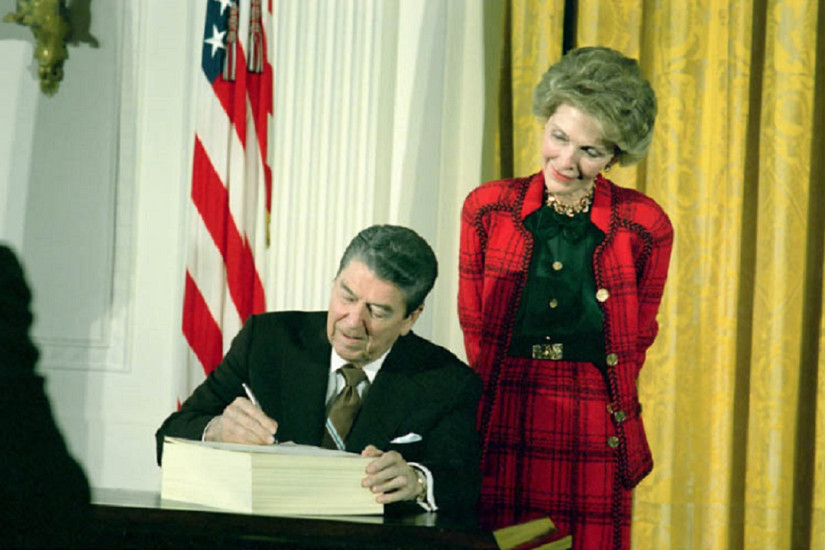Forman asks a question many scholars have shied away from: if mass incarceration is a project of white “law-and-order” politicians and their racially threatened electorates, how did Washington, D.C., a black-governed city with a majority-black police force—the nation’s “chocolate city”—end up with such punitive drug policies and aggressive policing tactics, to the devastation of the city’s poorest communities? When black councilmembers were presented with the option to make marijuana possession punishable by a fine rather than prison time, why didn’t they take it? And when authoring one of the nation’s harshest gun laws, why couldn’t they see what would eventually befall their young? In short, how is it possible that the black political class in Washington would mimic much of the same rhetoric, legislation, and policing strategies found in the broader war on crime?
Evading easy answers, Forman persuasively situates black Washingtonians’ decisions within a context of pitched violence and addiction and an under-responsive criminal justice system. Washington’s turn toward drug prohibition came at a moment before the drug wars, when addicts rarely went to prison. The idea that stricter laws would land many black youth in jail was difficult to fathom but the immediate scourge of violence and drugs drenched the city’s black neighborhoods in fear. The murder rate in Washington had multiplied, guns were easily obtained, and so prevalent were heroin, crack, and PCP that “the police had adopted the strategy of opening fire hydrants and flooding the gutters to wash away drugs and syringes.” In 1975 it was as reasonable, Forman argues, to see marijuana as a “gateway to heroin” as it is now to see marijuana as “a gateway to the criminal justice system.” What looks unjust today—the asset forfeitures, the profiling of the Rapid Deployment Unit, the jump-out squads, the heavy penalties for small-time users—looked acceptable to “many black citizens facing the horrors of the crack epidemic” in the 1970s and ’80s.
Despite the impressive rise in attention to racialized punishment and policing, the role that blacks themselves have played in shaping our criminal justice system and responses to violence have received markedly little attention. Given the currency black crime has wielded historically, what historian Khalil Gibran Muhammad calls the “enduring . . . discourse of black dysfunctionality,” perhaps scholars have recoiled from the topic. Against this backdrop, Forman’s book is brave, offering a nuanced examination of how black communities and their elected representatives wrestled with rising violence and drug addiction; how they came to embrace a war on drugs and aggressive policing tactics years before Reagan’s war or the advent of broken windows policing; and how they came to eventually regret the surveillance, forfeiture, and criminal records they helped create.


